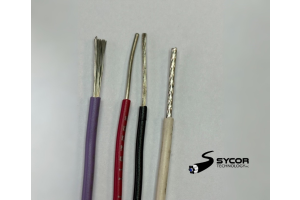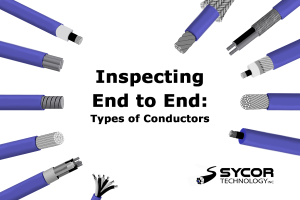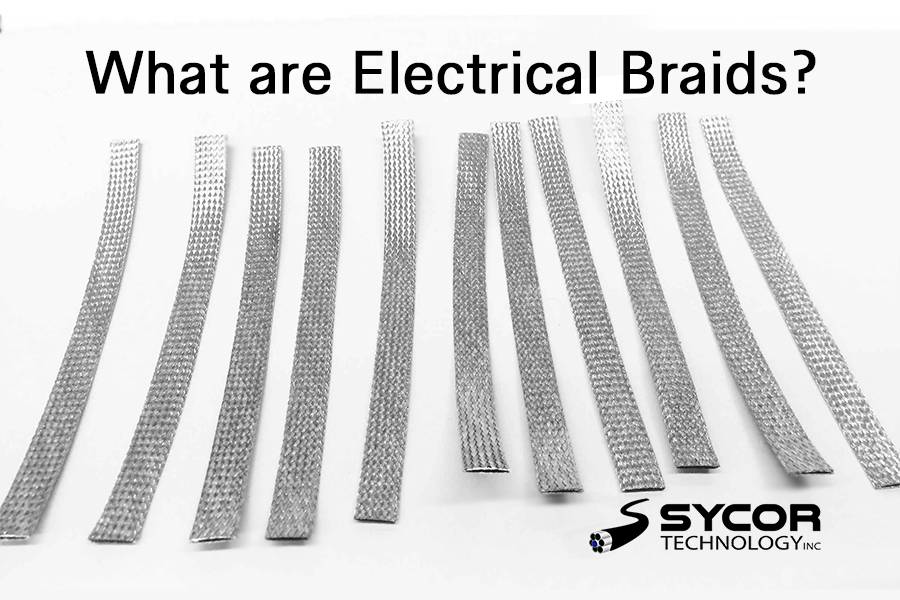
Electrical Braids
 |
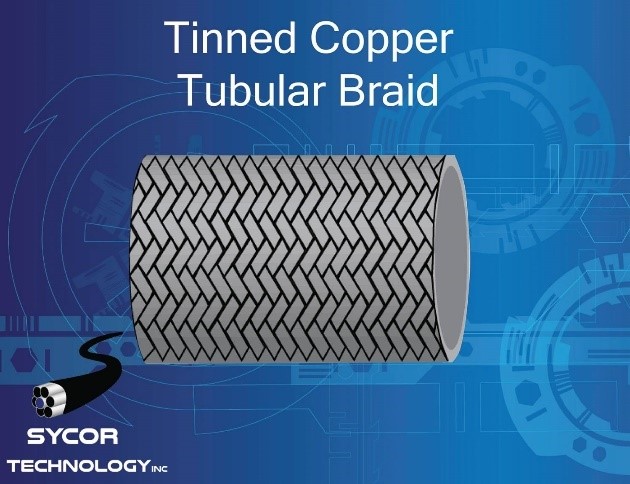 |
Electrical Braid Constructions
Braids are used within applications to provide current over shielded cables and their joints. These products are also typically used for grounded high-voltage joints, cables, terminations, and additional cable accessories. The braid is easily soldered to a cable making this type of product extremely versatile.
When it comes to electrical braids, there are a few different types of constructions, and they're far easier to understand than many other types of electrical products. Some of the most popular types are the flat braid, tubular braid, commercial oval braid, and the ground strap. Each construction is perfect for a large number of applications, which makes them ideal for grounding and additional protection when required.
Braided wires are composed of small strands that are braided together to create a flexible construction that's heavily relied on for its additional shielding capabilities and physical resistance. The braids are available in a number of different designs and typically come in bare copper, but as stated, the bare copper is typically still dipped with a different type of plating. Copper is heavily relied on simply because of its superior conductivity and cost-effectiveness. The braids themselves are priced based on the different types of materials and constructions, both of which are extremely more affordable than other potential alternatives.
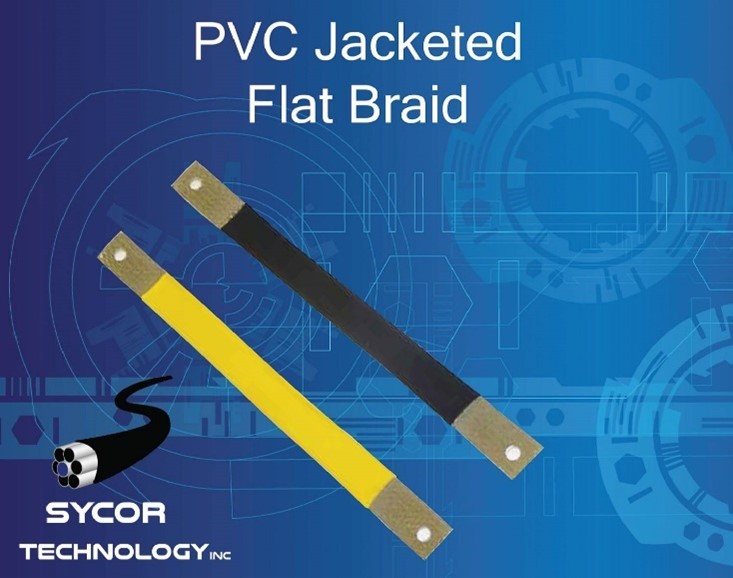
The tubular braid is not only one of the most popular constructions, but it's also the type of braid that comes in the largest assortment of materials. The tubular braid is available in tinned copper, stainless steel, silver-plated copper, bare copper, and nickel-plated copper. These different materials enable the tubular construction to be used in applications for a number of different reasons.
For example:
- Nickle = High-Temperature resistance
- Copper = More cost-effective when corrosion isn't an issue
- Silver = Resistant against high temperatures, physical abuse, and corrosion
- Tinned = Good conductivity, resistance to corrosion, and easy to solder
- Stainless Steel = Extreme temperature, extremely durable, and consistent flexibility
Each material type is slightly different than the last, overall making them perfect for almost any application.
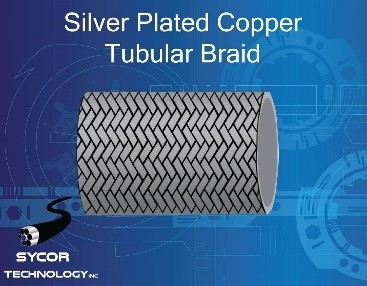 |
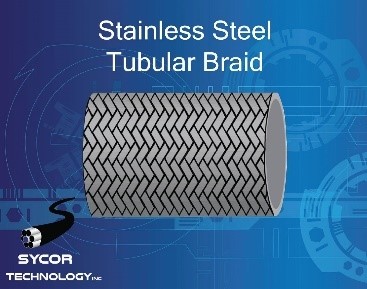 |
 |
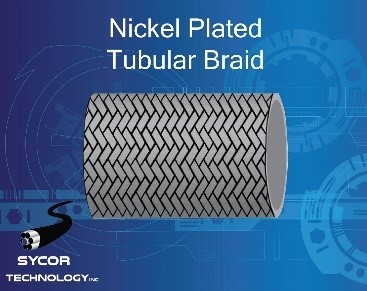 |
*Various tubular braid constructions
Tubular Braid
The rounded braid is designed to maximize the amount of space within a very small cross-sectional area. This enables circular wire and cable to fit within machine openings and panels, which can potentially be a problem for flat cabling constructions. The tubular braid is also traditionally used in most industrial applications like automation, manufacturing, and even renewable energy. The tubular aspect of the braid also acts as a type of shield that helps protect against physical harm to the cable but also EMI (Electro-Magnetic Interference). This often affects cabling products that are used within close proximity to other cables, specifically the ones that are used for transmission. The electrical braid is slightly different from many other types of electrical products; they're able to handle a wide range of different voltage ratings, because of the highly conductive copper that it relies on.
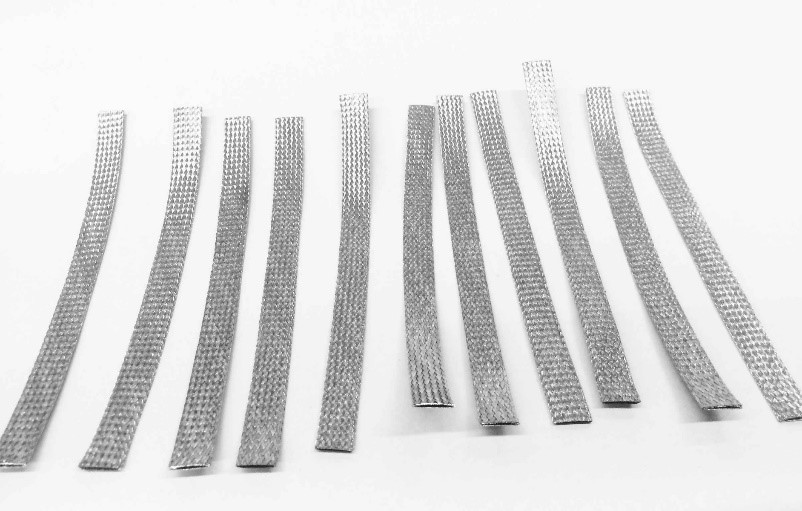
Flat Braid
Electrical flat braids are similar to their tubular counterparts, yet are quite different in terms of applications. These braids are often common for helping supply power to data-specific machines within the different medical fields, civilian aircraft, and semiconductors. The flat braids begin as tubular braids and are then rolled out by a pressure roller. This type of construction is used for its reduced resistance, excellent flexibility, and increased surface area. When electricity passes through this type of braided construction, it gives off low inductance because of the large numbers of individual strands. The flat braids are used in both commercial and industrial applications, particularly because of their cost-effective grounding capabilities. Grounding enables this specific construction to absorb shock, consistent vibration and all while keeping its reliable flexibility. The flat braid construction is also reliable in radio and lighting settings as the ground creates little to no heat, while the wider surface area helps provide less radio frequency resistance. Lastly, the flat braid is available in a mil-spec construction as AA59569, which was previously the QQ-B-575 designation. The flat braid is overall a very reliable product, and one that can operate in a wide variety of demanding applications.
Electrical braids are among the more unique products in the wire and cable world, yet one of the most important and reliable. With the flat braid and tubular braid constructions, applications become less demanding and more cost-effective. From additional physical protection to EMI blocking technology, these are able to support whatever your demanding application may require. If you have any questions or concerns about electrical braids and how they would affect your application, simply reach out, and we'll answer any questions or concerns you may have.
For more information about us:
Call Toll Free - 1.800.268.9444 or Email Us - [email protected]


